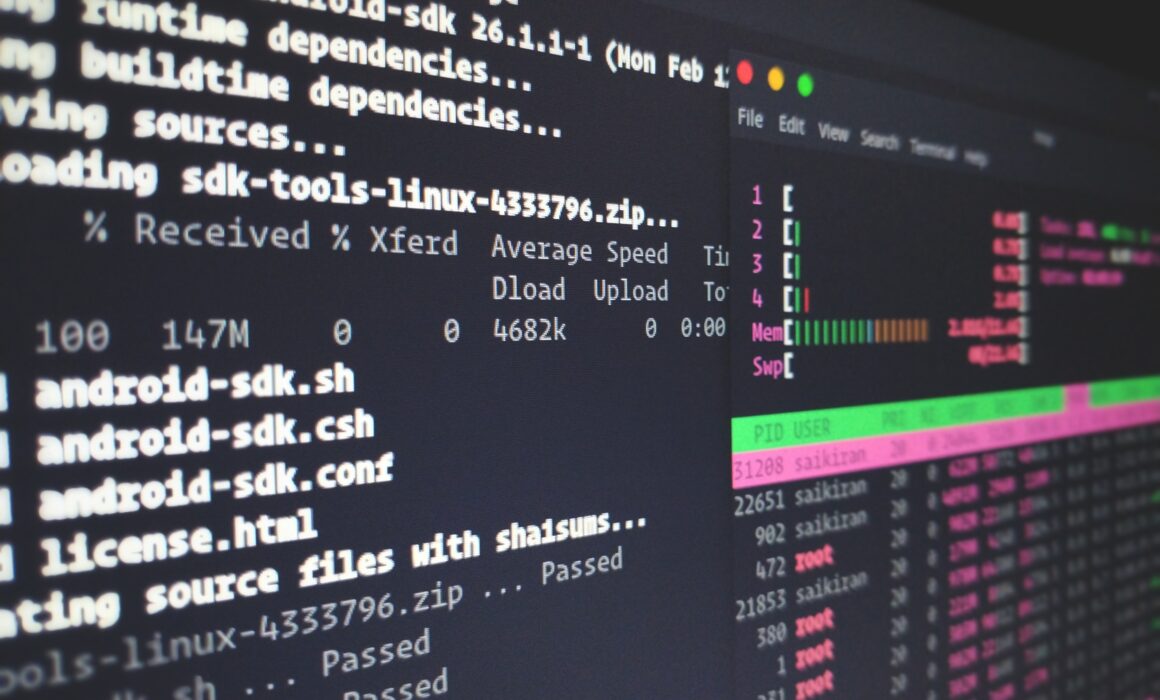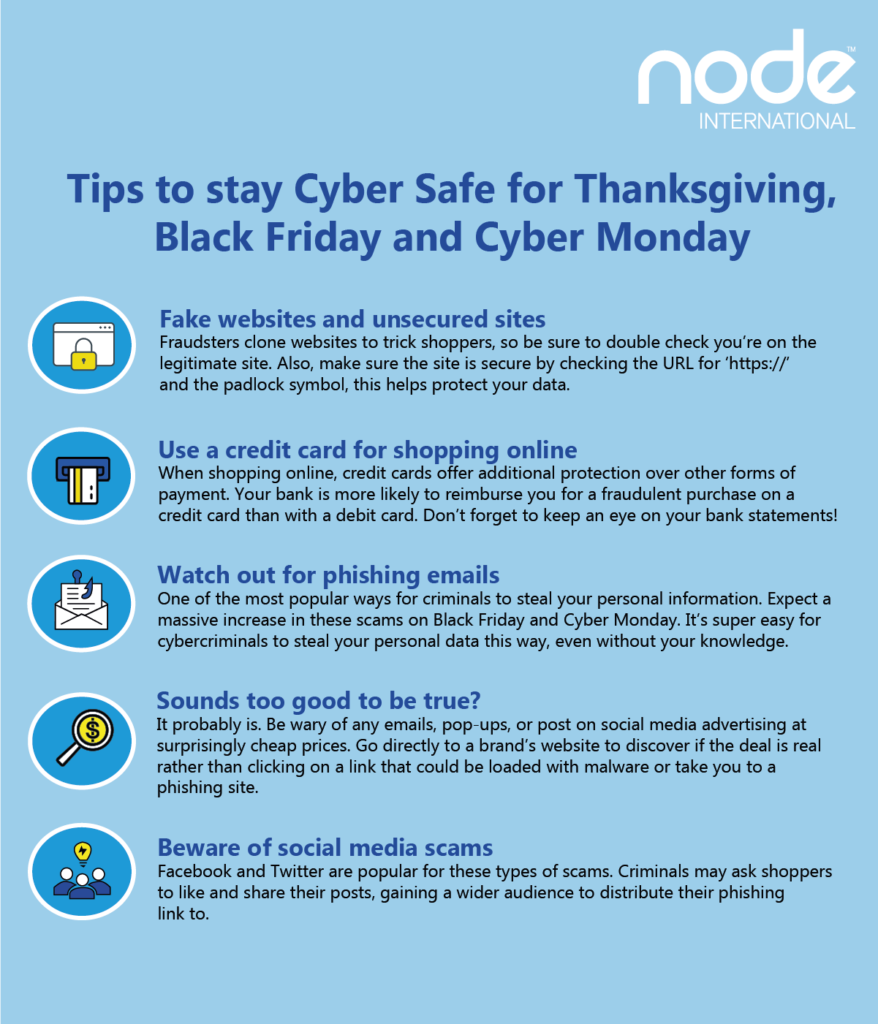If your organisation is using Microsoft Outlook for email, you can enable and set-up 2FA to protect your email in less than 15 minutes (depending on the number of email accounts).
If you have a policy with us visit Node Prevent and our pre-paid cybersecurity experts will assist.
Passwords are no longer good enough to protect email accounts. We strongly recommend you implement this simple and cost-effective measure. 2FA protects your organization because it adds another layer of protection to password-protected remote access to your email.
2FA is an authentication method that includes a password (something you know) and a time sensitive token or code (something you have).
In other words, even if the hacker has stolen an employee’s login credentials, 2FA should prevent them from accessing an email account, since they would also need to have the employee’s mobile phone which is being used as the 2nd authentication factor.








Recent Comments